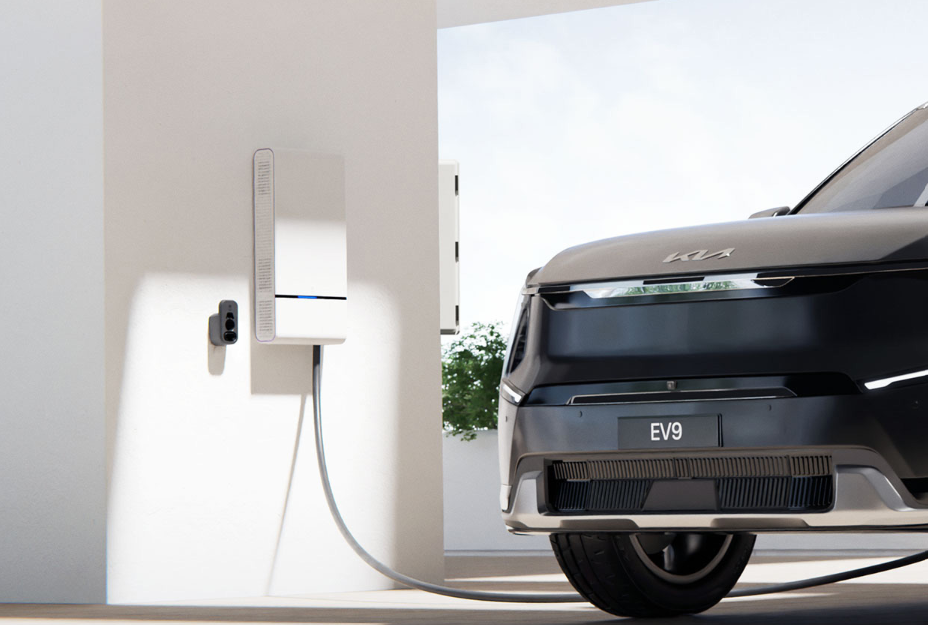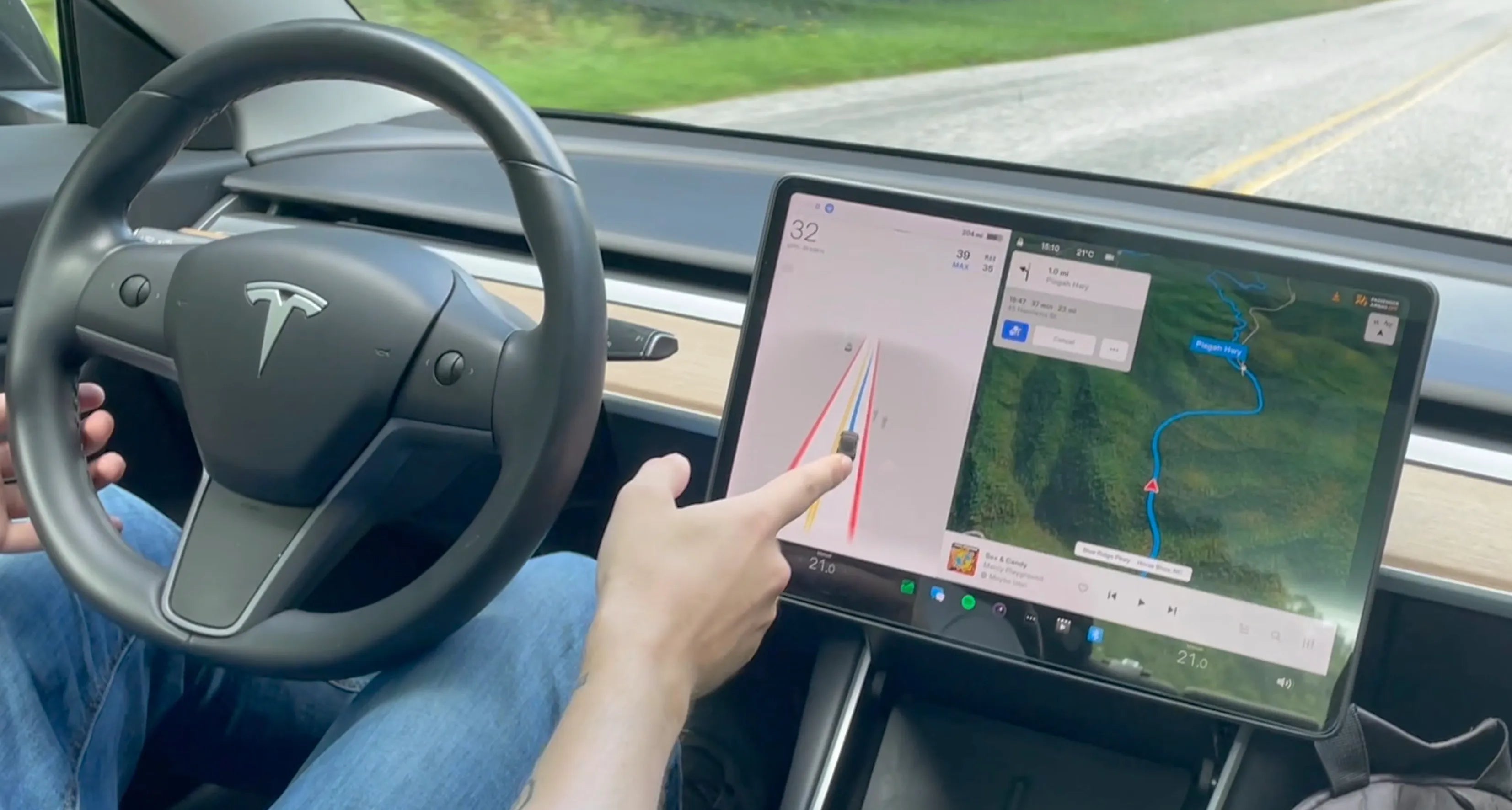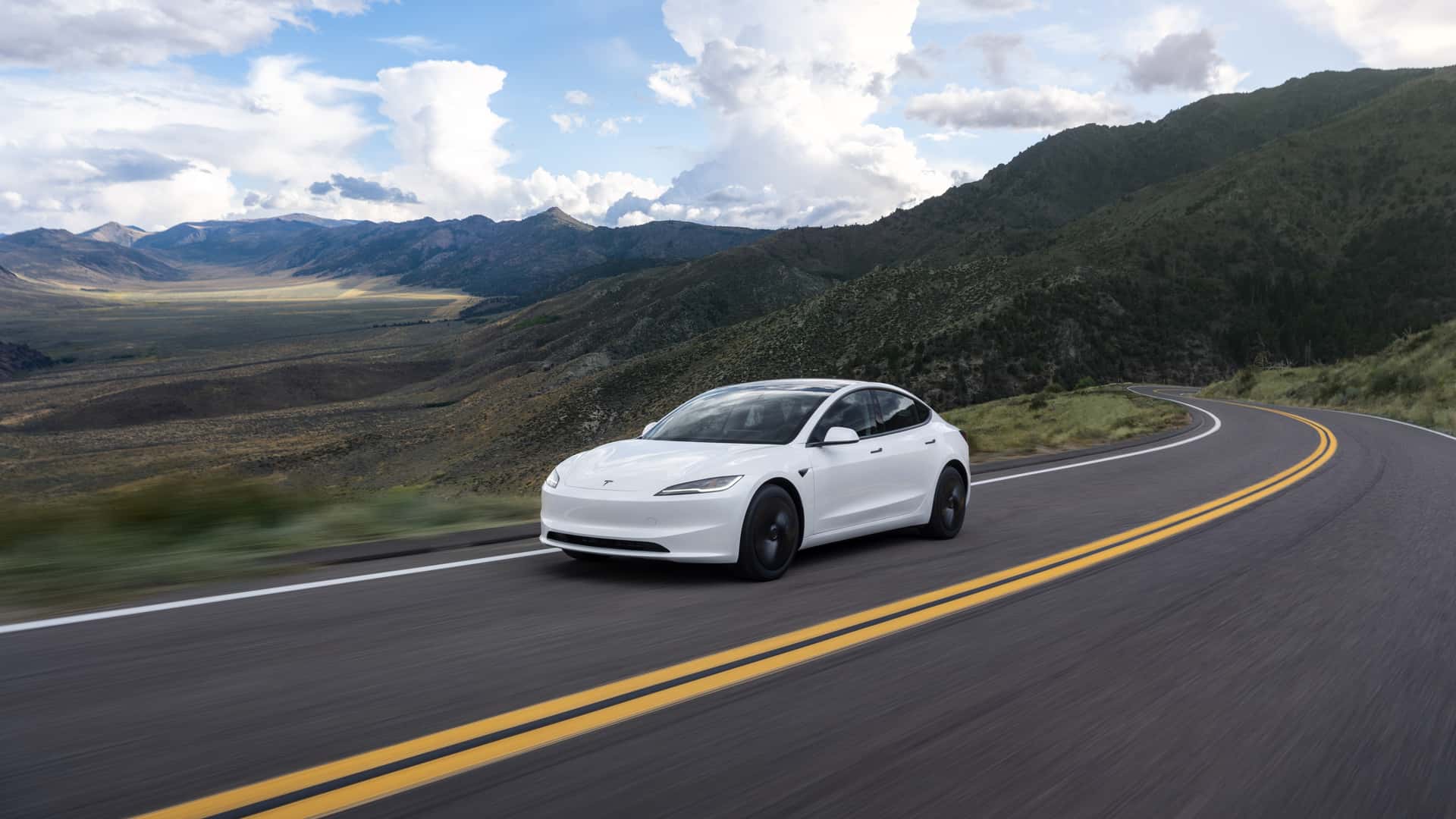As electric vehicle (EV) adoption surges across the United States, energy and transportation policymakers are rethinking when and where drivers should charge their vehicles. Traditionally, most EV drivers have relied on overnight home charging. However, the increasing strain on the power grid during evening peak hours, especially in states like California, has highlighted a pressing need to shift charging behavior toward daytime hours—particularly at workplaces and public charging hubs.
In response, government agencies, utilities, and private companies are beginning to offer incentives for daytime charging, aligning EV energy demand with periods of high solar energy production and lower grid stress.
Why Promote Daytime Charging?
-
Better Alignment with Renewable Energy Generation
Solar energy production peaks during the middle of the day, often exceeding residential demand. Incentivizing daytime EV charging helps absorb this excess solar output, making renewable energy utilization more efficient and reducing the need for curtailment or waste. -
Reduced Grid Strain During Peak Hours
Evening hours (5–9 PM) coincide with peak household energy usage and are already under stress from high demand. By shifting EV charging to midday, utilities can ease pressure on the grid and defer costly infrastructure upgrades. -
Improved Charging Accessibility for Renters and Urban Residents
Many Americans, especially those in multi-unit dwellings or urban environments, do not have access to home chargers. Encouraging workplace and public daytime charging increases equitable access to EV infrastructure.

Key Federal and State-Level Programs
1. U.S. Department of Energy (DOE) Workplace Charging Challenge
Launched as part of a broader strategy to expand EV infrastructure, the DOE’s program supports employers who offer EV charging to their staff. Businesses receive technical assistance, guidance on charger deployment, and recognition for participation.

2. Inflation Reduction Act (IRA) Tax Incentives
Under the IRA, employers can receive a tax credit of up to 30% for the installation of EV charging stations, particularly in low-income and rural areas. This encourages more workplaces to build charging infrastructure.
3. California’s CALeVIP and LCFS Programs
The California Energy Commission (CEC) funds the California Electric Vehicle Infrastructure Project (CALeVIP) to subsidize daytime DC fast charging installations. At the same time, the Low Carbon Fuel Standard (LCFS) provides credits to site hosts that supply electricity for public or workplace EV charging.

Utility-Led Daytime Charging Incentives
Across the U.S., utilities are introducing time-of-use (TOU) pricing and demand response programs that favor daytime EV charging.
| Utility Provider | Program Name | Key Benefit |
|---|---|---|
| PG&E (California) | EV Charge Network | Discounted daytime rates for workplace charging |
| Con Edison (New York) | SmartCharge NY | Rebates for charging between 10 AM – 2 PM |
| Xcel Energy (Colorado, Minnesota) | EV Accelerate At Home | TOU rates with mid-peak discounts for daytime use |
| Florida Power & Light | EVolution | Workplace charging program with installation support |
These programs allow employers and public site hosts to install chargers at lower costs while giving EV drivers a reason to plug in during the day.
Role of Smart Charging and Fleet Management
Advanced EV charging systems equipped with smart scheduling, load balancing, and app-based user interfaces can help workplace and public hubs manage peak demand and align with utility incentives. This is particularly important for:
-
Corporate EV fleets that charge during shifts or delivery routes
-
Transit authorities and public fleet operators switching to electric buses
-
Shared mobility services such as Uber or Lyft EV drivers looking to charge midday
Barriers and Considerations
Despite the growing support, several challenges remain:
-
Charger Availability: Workplace charging stations remain limited in many areas, especially outside coastal states.
-
Employer Participation: Some businesses are hesitant to invest in charging infrastructure due to perceived costs or lack of familiarity.
-
Public Awareness: Many drivers are unaware of TOU benefits or available charging at work.
Recommendations for Policymakers and Employers
-
Expand Federal and State Grants for Public and Workplace Charging
Prioritize underserved communities and areas with high EV adoption potential. -
Provide Clear ROI for Employers
Show how tax credits, LCFS credits, and utility rebates reduce investment risks. -
Launch Awareness Campaigns
Educate drivers on how daytime charging benefits their energy bills and battery health. -
Include Charging in Building Codes
Mandate charging infrastructure in new commercial developments.
Looking Ahead: A Smarter Charging Future
With battery electric vehicle sales on the rise and renewable energy playing a growing role in the national grid mix, the future of EV charging in the U.S. must evolve. Shifting charging to daylight hours through strategic incentives is a key step toward ensuring energy sustainability, improving grid reliability, and expanding access to EVs for all.
📊 Infographic: Daytime Charging Incentive Programs in the U.S.









Share:
What Is V2G? Understanding Vehicle-to-Grid Technology and Its Role in the EV Ecosystem
Understanding the Inflation Reduction Act (IRA) Tax Incentives for Electric Vehicles and Clean Energy